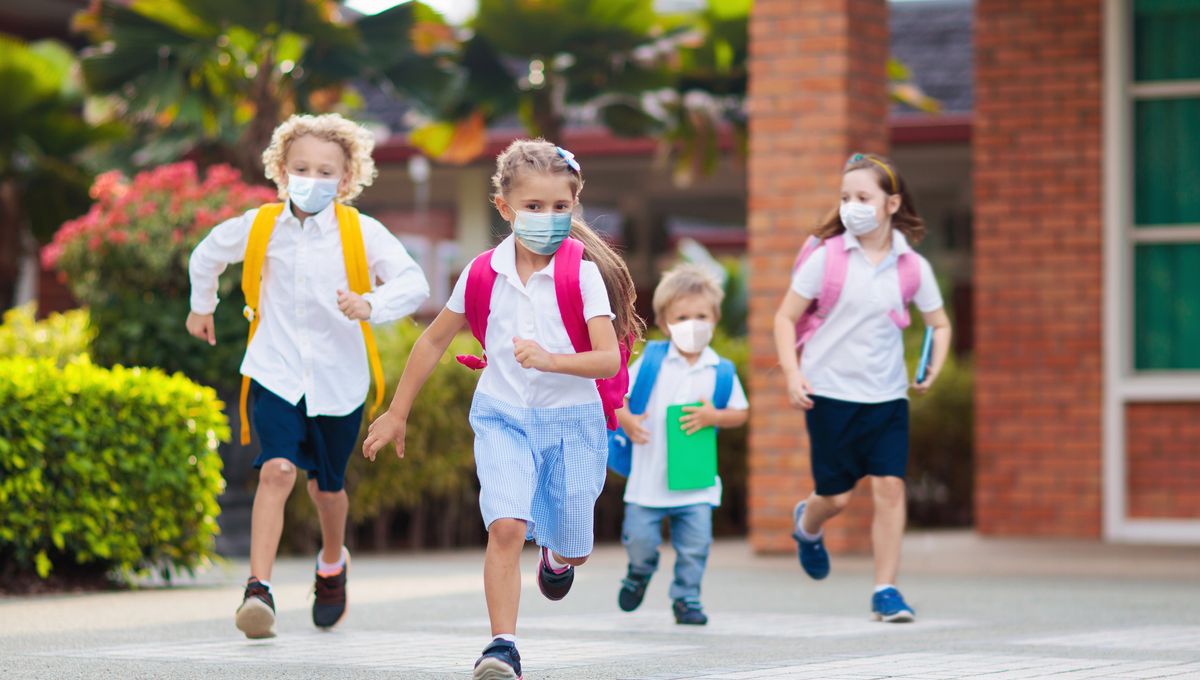
Kids can get long COVID too, but it might not necessarily look the same as it does in adults. New data out of the US, including over 1,000 children, is showing that the symptoms of long COVID look different in those aged up to 2 years and those aged 3-5. Added to what we already know about this condition in teens and adults, the findings help complete more of the puzzle of the potential aftereffects of a bout of COVID-19.
Scientists and doctors have been aware of long COVID since the first year of the pandemic, but fully getting to grips with the condition has been a long and ongoing process. First, there was the conundrum of previously healthy adults afflicted with lasting symptoms like fatigue, brain fog, and breathlessness after a seemingly mild dose of COVID. Then came the question of whether our children might be at risk too – and when it became clear that they were, the research could really begin into how best to help them.
A new study led by researchers at the NYU Grossman School of Medicine is adding more to the picture by examining what long COVID symptoms can look like in some of the youngest patients.
The study included 472 children under 2 years of age, and 539 children aged 3-5 years. The authors believe that this is the first study of its kind in these age groups.
Overall, 41 percent of the 278 toddlers whose parents reported them having had COVID-19 had at least one prolonged symptom. The proportion was similar in the preschool group, with 45 percent of the 399 children having a lasting symptom.
The younger children were more likely to experience difficulty sleeping, increased fussiness, poor appetite, a stuffy nose, and a cough. The older kids, on the other hand, most often displayed a dry cough and daytime sleepiness or low energy. “Symptom patterns were distinguishable across infants/toddlers and preschool-aged children, and from previously studied older children and adults,” the authors write.
There were some limitations to the analysis, which the study authors note. It’s possible that some of the children were miscategorized, as it wasn’t possible to confirm a previous SARS-CoV-2 infection with an antibody test in the whole cohort. It’s also possible that some of the supposed long COVID symptoms may have followed infection with a different virus, and caregivers may also have misremembered or misinterpreted some of the children’s symptoms.
Still, the authors say, “Despite potential for misclassification, groups with and without infection demonstrated clear differences.”
In a patient information page published in the same journal, three of the study’s authors write that almost 6 million US children could be affected by long COVID, which is greater than the number of kids with asthma.
Based on the results of their research and previous data, they show how children and young people with long COVID can be split into four broad groups, with slightly different symptom profiles that parents and caregivers can look out for: 0-2 years, 3-5 years, 6-11 years, and 12-17 years.
“These findings support the concept that a one-size-fits-all approach to screening for [long COVID] across the lifespan is not possible and will likely need to be tailored for specific age groups,” they conclude in the paper.
This study comes in the wake of proposed changes to the Food and Drug Administration’s approach to COVID vaccination going forward. As Katherine J. Wu wrote recently for The Atlantic, the agency’s dwindling support for booster shots for those without preexisting health conditions or other risk factors could mean that, in essence, “COVID shots for kids are over.”
Right now, the Centers for Disease Control and Prevention’s guidance remains that everyone aged 6 months and older in the US should get an up-to-date COVID shot. If that were to change, we could see a generation of children starting kindergarten and school without any protection against a virus that is still very much out there.
At least in adults, the latest evidence points to a protective role of vaccination against the risk of long COVID. It can’t eliminate the risk altogether, and there’s been a lack of research specifically focusing on children. But still, the idea of removing this layer of protection for the nation’s kids is one that is certain to cause concern in some quarters.
As with other recent decisions taken by this administration, the consequences may take years to fully emerge.
The study is published in the journal JAMA Pediatrics.
Source Link: First-Of-Its-Kind Study Reveals How Long COVID Looks Different In Young Children